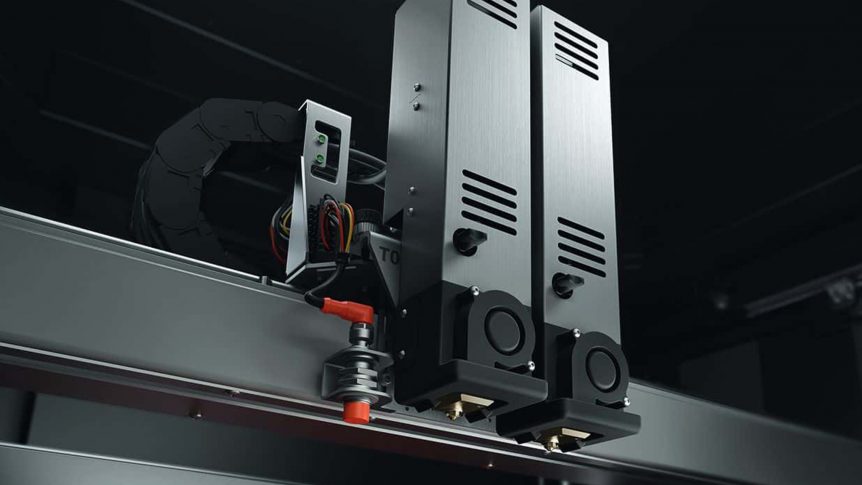3D printing technology is in the throes of non-stop innovation and benefits industries across the spectrum. The electronics industry is similar in benefiting from the additive manufacturing space as engineers need to tailor their PCB designs and other products to specific systems. Understanding the capabilities and limitations of 3D printing technology is crucial if you want additively manufactured products to meet quality standards. With that in mind, let us look at the four essential guidelines that go beyond helping you maintain signal and power integrity in your designs.
Your Printer’s Resolution
Every 3D printer has a resolution limit establishing the minimum feature size to be printed. This rule applies to every 3D printing technology. In PCBs, this converts to a limitation on trace, number of layers, the thickness of the ground plane, and width that can be printed optimally. Higher resolution means more interconnects and layers can be deposited into a single PCB board.
Printing Region
3D printing spaces are three-dimensional, so there is a limitation on the maximum thickness your 3D printer can achieve when printing. In other words, PCB layouts must be within the available printing space to ensure efficient throughput. Combining the resolution and printing region determines the maximum number of layers you can deposit in a PCB. The printing region will limit your throughput if you want to print multiple boards simultaneously, so it is best to consider size parameters while designing.
Functionality and Standards
The additive manufacturing space continues to evolve, as do the quality standards of the finished parts we can expect. Although there are standards that define quality and testing parameters for additively manufactured products, such as ISO 52900:2015, these are not specific to electronic parts. Since board geometries are highly customizable, factoring signal and power integrity simulations into additive manufacturing guidelines is imperative.
For instance, you must work out conductor and board geometry to ensure signals follow expected paths and are not corrupted. In other words, a simulation program that considers your layout and board geometry when designing interconnects is a must.
Aim for Minimal Supports
Minimal use of supports is crucial to maintaining the surface quality of 3D printed parts with unique shapes, and PCB boards are no different. A board with sloping or angled parts may require support structures during printing to prevent the board from tipping. For instance, if you are working with a board consisting of odd angles or slopes, you may need mechanical support to prevent the board from tipping.
Some 3D printers allow you to co-deposit PCB substrate directly below your bend, which you can remove when the fabrication is concluded. Although this leads to material waste, it is a necessary step to ensure better-quality parts. Alternatively, you can customize the size of the bend to eliminate the need for supporting structures altogether.
Despite the intricacy of designs for additive manufacturing, PCB designers enjoy greater freedom when designing and customizing their projects, as traditional manufacturing processes do not bind them. It allows PCB designers to create interconnects with detailed geometry, print components directly on the substrate, and establish a non-orthogonal layer and via architecture.
With the right software and printer, you can follow design for additive manufacturing guidelines to manufacture parts that align with your design intent. Several additive manufacturing systems are ideal for the low-volume manufacturing of intricate electronic devices. These systems offer design and customization freedom, the ability to design sloped traces, vertical interconnects, and side-mounted brackets. To learn more about these systems and how they can integrate with your existing manufacturing platforms, contact Scale Up 3D today!

